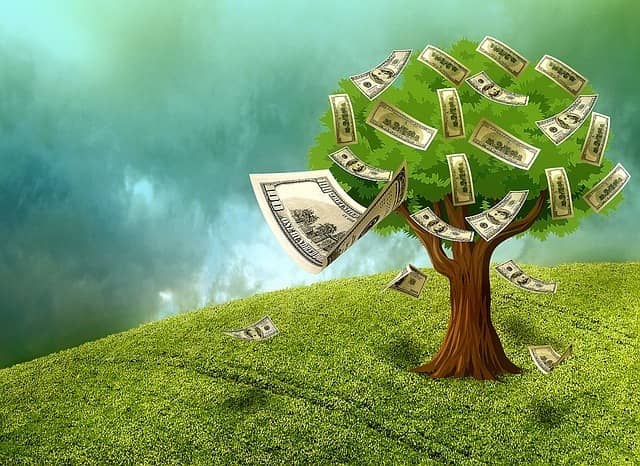Indeed, the BEA reported that the economy overall grew by 1.6 percent in the first quarter of 2021, which translates into an annualized growth rate of over 6%. Commerce Department data indicates that this increase was largely driven by an almost 11% increase in consumer spending. The Federal Reserve noted that this increase occurred despite consumer savings exceeding 27% of total disposable income in April of this year. That impressive savings rate is three times higher than the pre-pandemic average of about 7.5% in 2019.
If this growth rate in GDP can be sustained, this represents a much-needed rebound, as the economy shrank by nearly a third in the second quarter of 2020 when the economy was shut down at the height of the pandemic. But what are our long-term prospects?
One the one hand, the Bureau of Labor Statistics (BLS) reported that the unemployment rate in April was only 6.1%, which is less than half the nearly 15% unemployment rate exactly one year ago at the depth of the Covid-19 recession. On the other hand, the BLS also reported that only 61.7% of the adult population participated in the labor force in April of this year, either working or looking for work. This compares to 63.3% at the end of 2019 before the pandemic struck.
This decline in the number of Americans willing to work is at least partially the result of the continuing, generous weekly federal unemployment bonuses for those who lost their jobs during the pandemic. The BLS reported that employers were able to add only 266,000 jobs in April, despite the number of job openings reaching an all-time high of 8.1 million in March. And the federal government has allowed states to temporarily eliminate the requirement that recipients of unemployment checks show proof that they are actively looking for work.
It will be difficult for the American economy to produce enough goods in the long run to satisfy this rocket-fueled consumer demand (backed by impressive levels of personal savings) when fewer Americans are willing to provide the necessary labor to produce it. This implies that the negative long-term impact from this series of multi-trillion-dollar fiscal stimulus packages will likely overshadow the positive short-term impact we are seeing today. And as Milton Friedman reminded us long ago, inflation rears its ugly head whenever too much money is chasing too few available goods in the economy.
The moral of this fiscal stimulus experiment? What Uncle Sam giveth by artificially stimulating consumer demand, he also taketh away by artificially discouraging producer supply.

